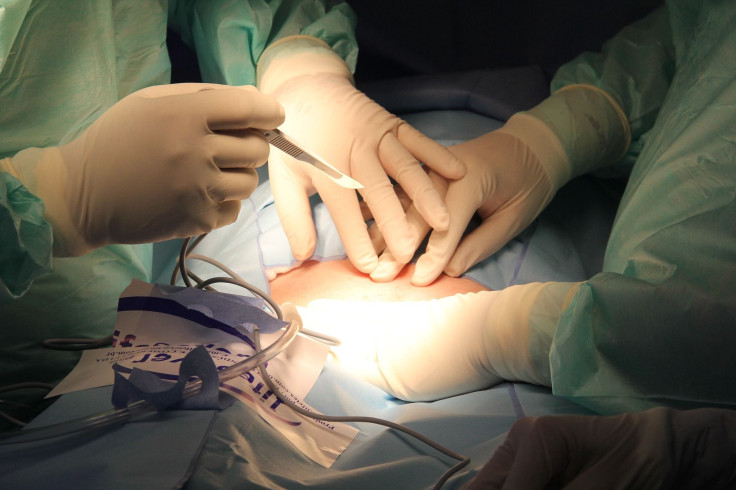Embolization Works as Hysterectomy Alternative In Effectively Treating Uterine Fibroids

Uterine fibroids are tumors, nearly always non-cancerous, that grow in the wall of the womb. Treatments vary depending on the severity of the fibroid, and many gynecologists recommend hysterectomy, the surgical removal of the womb, to women experiencing the worst symptoms, such as chronic pain or sex problems. A new French study suggests a nonsurgical procedure is an effective alternative treatment for patients with fibroids.
Women who underwent uterine fibroid embolization, a minimally invasive procedure performed by an interventional radiologist, experienced improved sexual function and higher overall quality of life, the results indicate. The researchers, led by Dr. Helene Vernhet-Kovacsik of Montpellier’s Centre Hospitalier Universitaire, also find the vast majority of women sustained their improved condition for more than a year.
“Here in America, uterine fibroid embolization, although 20 years old, has still not achieved the success or widespread use it should,” Dr. Robert Vogelzang, an interventional radiologist at Northwestern University, stated at a press conference. “Sadly, the patients who have fibroids are often not being told about embolization.”
Vernhet-Kovacsik and her colleagues from 25 centers throughout France conducted a prospective study involving 264 women who underwent embolization to treat benign fibroid growths, which vary in size from a quarter of an inch to larger than a cantaloupe. (Most women with uterine fibroids have more than one.) The women were asked to complete surveys on quality of life and sexual function, including desire, arousal, lubrication, and orgasm, before and after treatment.
At the beginning of the study, 189 of the participants reported abnormally heavy menstrual bleeding while 171 experienced pain and other symptoms associated with pelvic pressure. A year after embolization, only 39 of the 189 patients experienced continued abnormal bleeding and 42 of the 171 patients suffered pelvic pressure.
One year after the procedure, nearly 80 percent of the total participants said all areas of their sexual function had improved, while about 90 percent felt they’d achieved an enhanced quality of life. Participants also reported not feeling as tired and less depressed due to the reduction in bleeding, pain, and other symptoms.
During uterine fibroid embolization, a radiologist makes a tiny nick in the skin in the groin or even the wrist and inserts a catheter into the femoral artery. Using x-rays, the doctor guides the catheter into the uterine arteries and directs it to branches where blood flows to separate fibroids. Here, the radiologist releases tiny particles, the size of grains of sand and made of gelatin sponge or a synthetic polymer, to block any blood flow to the fibroids. This eventually causes them to shrink and die.
Up to 80 percent of women will develop fibroids by the time they reach age 50, though only one in four will develop severe symptoms requiring treatment, the National Uterine Fibroids Foundation reports. In a presentation of their results, Vernhet-Kovacsik and her colleagues said their study suggests a minimally invasive embolization procedure would alleviate chronic pain and restore quality of life to women patients suffering from fibroids.
Source: Kovacsik HV, Herbreteau D, Sapoval MR, et al. Evaluation of Changes in Sexual Function Related to Uterine Fibroid Embolization. Society of Interventional Radiology's Annual Scientific Meeting. 2016.



























